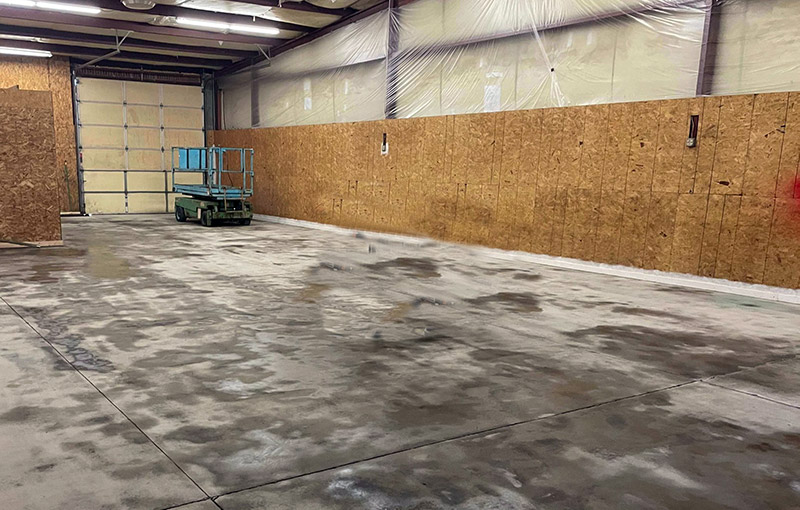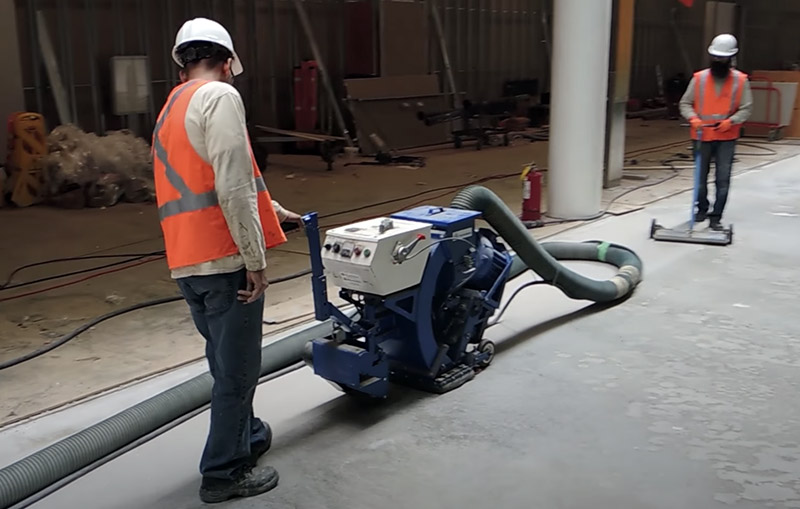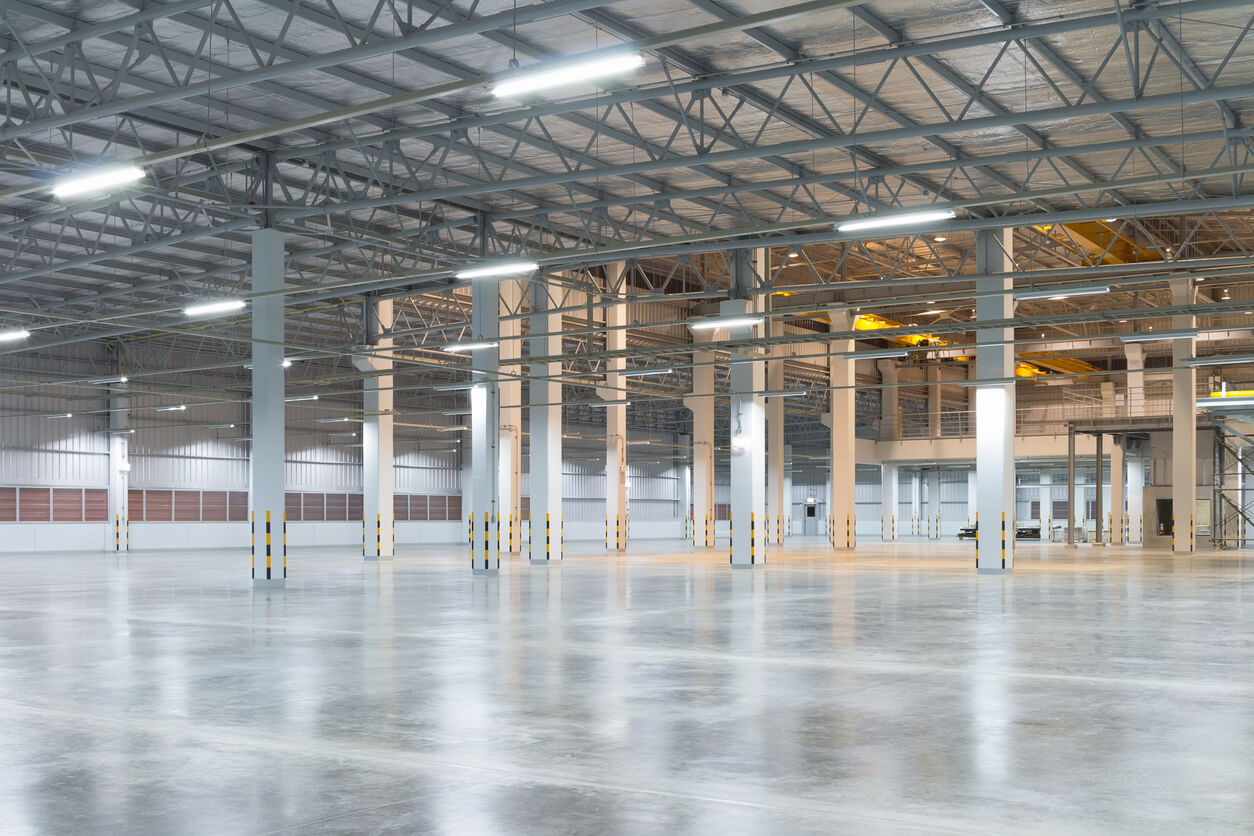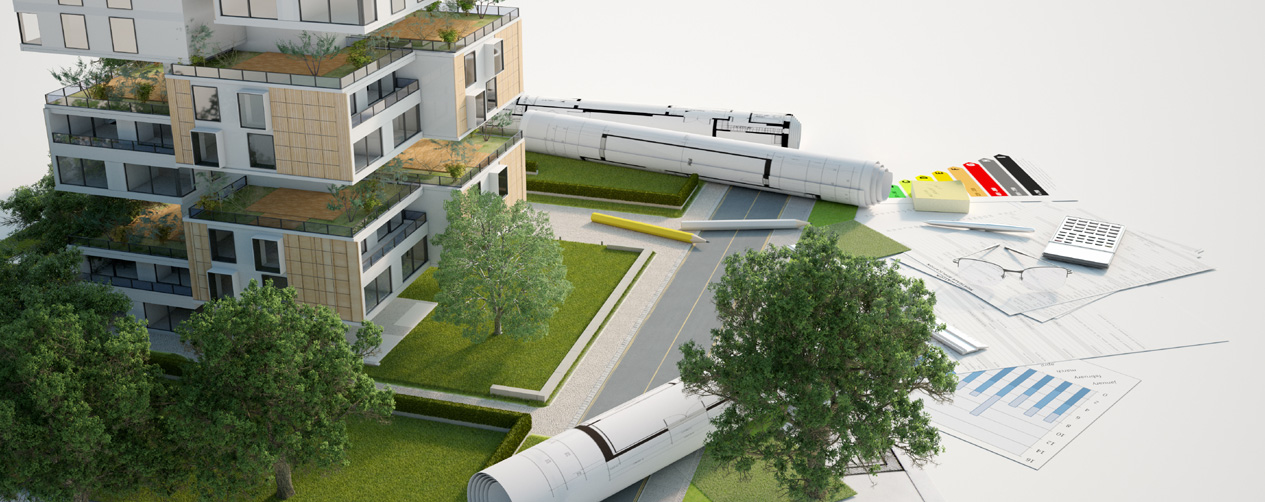A concrete floor can be a great asset to any home or business. However, before the concrete is sealed and ready for use, there are many steps that need to be taken to protect it as well as prepare it for daily use.
Do I need to Prep a New Concrete Floor?
The process of curing concrete is a lengthy one. It can take many days for the surface to dry completely and reach full strength. The curing process starts when the concrete is first laid down, but construction or any further prep work cannot be completed until the curing process has finished. Concrete takes about 7-14 days to cure to a specified PSI, while it takes at least 28 days for the surface to reach 1% water evaporation per day. Of course, this all depends on the thickness of the floor, the atmospheric conditions, and the type of concrete used in the project. This type of specific, technical question is best left to your concrete contractor like T.G. Basile to answer.
New concrete won’t need to be prepped to be sealed. The main reason for prepping a concrete floor is to remove any contaminants, irregularities or other issues to ensure the best quality surface for the sealing product to adhere to.
When Is Concrete Floor Prep Necessary?
Prep work on a concrete floor varies depending on the area being worked on and what the project plan is for the space. Unless you are simply leaving the concrete alone without any treatments or coatings at all, a variety of preparatory tasks are needed. Although there are a variety of options that are available for your specific needs, the following three prep methods are quite common.
Acid Etching

Grinding

Shot Blasting

The general rule of thumb about when to prep your concrete floor using any of these methods is to do it as close to the final coating application work as possible. After all, you do not want to accidentally spill or drop something on the prepared concrete and have to do it all over again. This is especially important for outside floors or patios that may be affected by the weather.
What is the timeline on prepping a concrete floor?
Ultimately, the answer to the question of when you need to prep your concrete floor depends on far too many factors to give a simple solution. Of course, you need to do final preparation after the concrete floor is completely dry and set. If you are working with an older floor, you need sufficient time to do all the preparation before a new finish or coating is applied. In most cases, prep the floor as soon as possible before you apply paint, epoxy, or any other type of surface treatment to minimize the risk of issues appearing between the two events.
For an assessment of your concrete, and options on prepping and sealing or coating your concrete, contact T.G. Basile to schedule a consultation.





